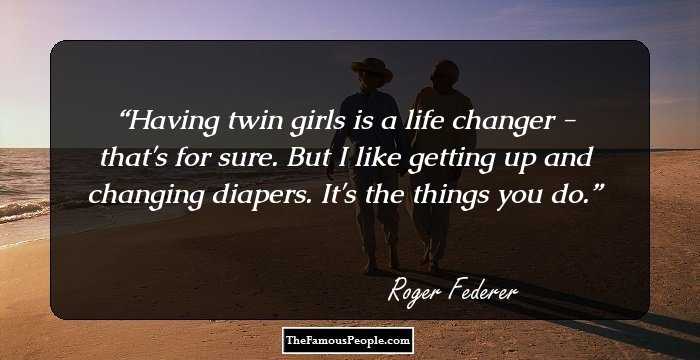Roger Federer As A Religious Experience Pdf
Aug 19, 2006 Three days prior to the men’s final, a Special One-on-One Interview with Mr. Magna Carta Psp Iso English. Roger Federer. Roger Federer as Religious Experience - Tennis AUG. In 2006 David Foster Wallace opened his much celebrated New York Times Magazine essay “Federer as Religious Experience” with “Almost anyone who loves tennis and. On Roger Federer. Can anybody share the PDF of the article on Roger Federer. First appeared in the New York Times as 'Roger Federer as Religious Experience'.

In 2006 David Foster Wallace opened his much celebrated New York Times Magazine essay “Federer as Religious Experience” with “Almost anyone who loves tennis and follows the men’s tour on television has, over the last few years, had what might be termed Federer Moments. These are times, as you watch the young Swiss play, when the jaw drops and eyes protrude and sounds are made that bring spouses in from other rooms to see if you’re O.K.” In 2015 we still have the Moments but there is now a different type of Moment to reflect on, one that Wallace never lived to see—namely Roger Federer in decline, a sort of half-decline, an uncommitted decline, the sort of decline that makes you question what a decline is really anyway, perhaps a decline that is inevitable for all greats, unless of course, like Wallace, they cut their own game short.
Soul Of Angola Anthology Rar on this page. Wallace lived only two years past that essay—just over a half year after the August 2006 piece came out, Wallace would get sick after a meal at local Claremont, California, Persian restaurant Darvish, and decide to discontinue the antidepressant Nardil that he’d been on for most his adult life, a decision that would spur his terminal battle with the depression—and so it is hard to imagine the same author of the canonical sports piece being just months away from his own downfall, at a time when Federer’s fall was also inconceivable. By the time Wallace actually hung himself on his patio, Federer was no longer at the top of his game, but as time has proven, not quite at the bottom either. I didn’t read the piece until a year after it was out—in the summer of 2006, I was in a terrible struggle with depression and was planning on killing myself by the autumn, while just months before, somehow spared from this very abrupt turn of mental health, I often schemed to stalk my favorite writer Wallace at Pomona College, where he taught and where my father also taught.
I had eaten at that exact Persian restaurant months before, but by the end of the summer, I was far from thinking Wallace, Pomona, New York Times, Federer, tennis, Moments. [End Page 42] In 2006 Wallace wrote that Federer was “at 25, the best tennis player currently alive.” We could still say this: seventeen grand slam singles, 302 total weeks on top of world rankings (No.



